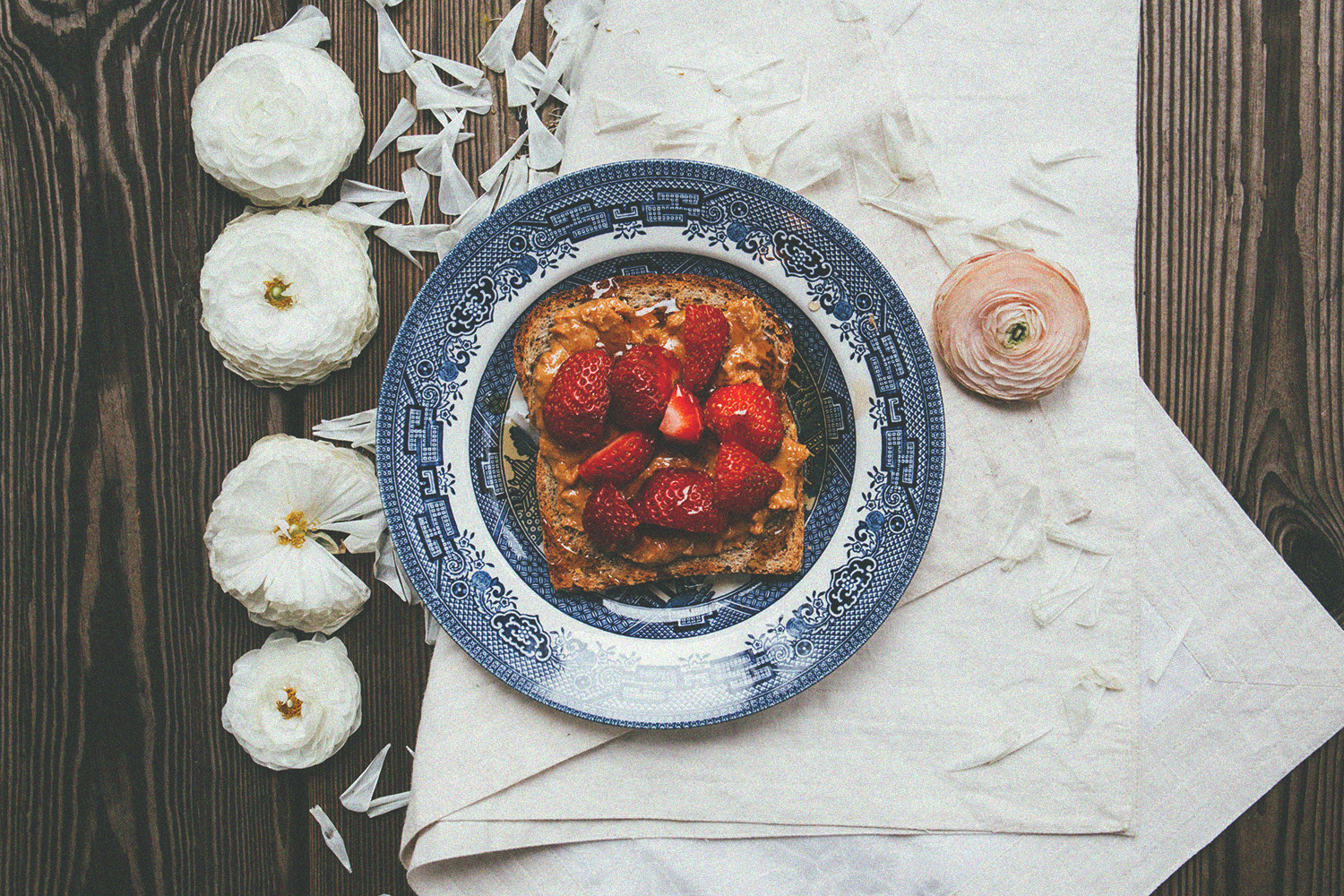When hunger hits, it’s often difficult to stay in control of what and how we eat. Here are a few tips on how you can stay satisfied longer throughout the day.
BY: DIANNA SINNI DILLON, RDN, LD
Does the following thought ever pop in your mind:
“I feel hungry often and can’t seem to stay full for very long.”
Whether you’re trying to lose weight or routinely find yourself at the vending machine ravenous, these few simple dietary habits can help you curb hunger, stay clear of the vending machine, and satisfy your energy needs. Here’s how:
Eat enough protein.
Good quality protein takes longer to digest than carbohydrates, helping you feel fuller longer while also keeping blood sugar levels steady. Instead of bulking up on protein for dinner (as we tend to do), start with 15-20 g of protein at breakfast to help regulate your appetite for the rest of the day. Around 10-35% of your daily caloric intake should come from protein, with about 1/3 of your caloric intake coming from protein to help keep hunger at bay.
How do you figure out exactly how much you need?
On average, healthy adults need around 0.8 to 1 g of protein per kilogram of body weight. (Athletes, pregnant or lactating women, and those with specialized nutrition needs will have higher needs.)
Not all protein is created equal though, so be sure to choose high-quality proteins without added sodium and unnecessary saturated or trans fat. My favorite plant-based sources include millet, quinoa, lentils, split peas, chickpeas, nuts, organic tofu or tempeh. If you eat animal products, choose leaner meats like loin chops, white meat poultry, or 90% lean ground beef.
An organic egg, plain Greek yogurt, or kefir are also great choices to incorporate into your diet. Protein powders can provide additional intake, but are not always necessary – you’ll find even vegetarians can meet their protein needs without adding fancy or expensive supplements!
Water, water, water.
Drinking plenty of water and healthy fluids can actually signal satiety and curb hunger. How? The lining of our stomach is full of nerve cells that signal the brain “I’m full!” when the stomach has been filled to a certain point. Fluids, especially water, offer low (or no) calorie ways to add volume.
Oftentimes, we easily confuse thirst for hunger, and opt for food rather than a large glass of water. The next time you feel hunger pains or a craving coming on, take a long drink of water and then determine if you still feel hungry. Plus, drinking a glass of water before meals also helps prevent overeating. Bored with plain H2O? Spruce up your water by adding chia seeds or infusing with fresh citrus or herbs.
Fill up on fiber.
Fiber adds volume (much like water does) and bulk to the stomach, stimulating fullness faster while also slowing down the rate of digestion. For example, you’re more likely to feel full after eating an avocado on whole grain toast versus a piece of plain white toast and jam.
The effects of fiber are even better when consumed with a glass of water, which absorbs and “bloats” certain fibers (soluble) creating even more volume and fullness in the stomach. If you’re looking to lose weight, high fiber foods tend to be lower in calories and are more nutrient dense (think whole grains, fruits and vegetables), so you can eat more of them.
Eat slower, eat more often.
It takes about 20 minutes for our hormones and nerve regulators to kick in and signal the brain “enough! we’re full!” By that point you may have already overeaten into oblivion. Slow mindful eating allows you to eat only what it needs to trigger optimal satiety. Try putting your fork down between bites and eat free from distraction or rush. Eating 5-6 smaller meals a day, or snacking in between meals, helps maintain blood sugar levels.
For example, if you eat a large breakfast, skip lunch, and don’t eat again until dinner…you’re probably going to fall victim to the mid-afternoon slump with irritability, tiredness, and insatiable food cravings. Stock your desk, car, purse, and pantry with healthy options and eat every 2-3 hours to prevent unnecessary energy pitfalls. Basic trail mix and ridiculously good chocolate nut bars are great options!
HEADER IMAGE: ALISA ANTON
Dianna Sinni Dillon, RDN, LD is a Registered Dietitian based in Kansas City, MO with a passion for all things whole grain, green, and homegrown. She focuses on empowering and inspiring others to take charge of their wellness through simple plant-based recipes and science-powered advice.

